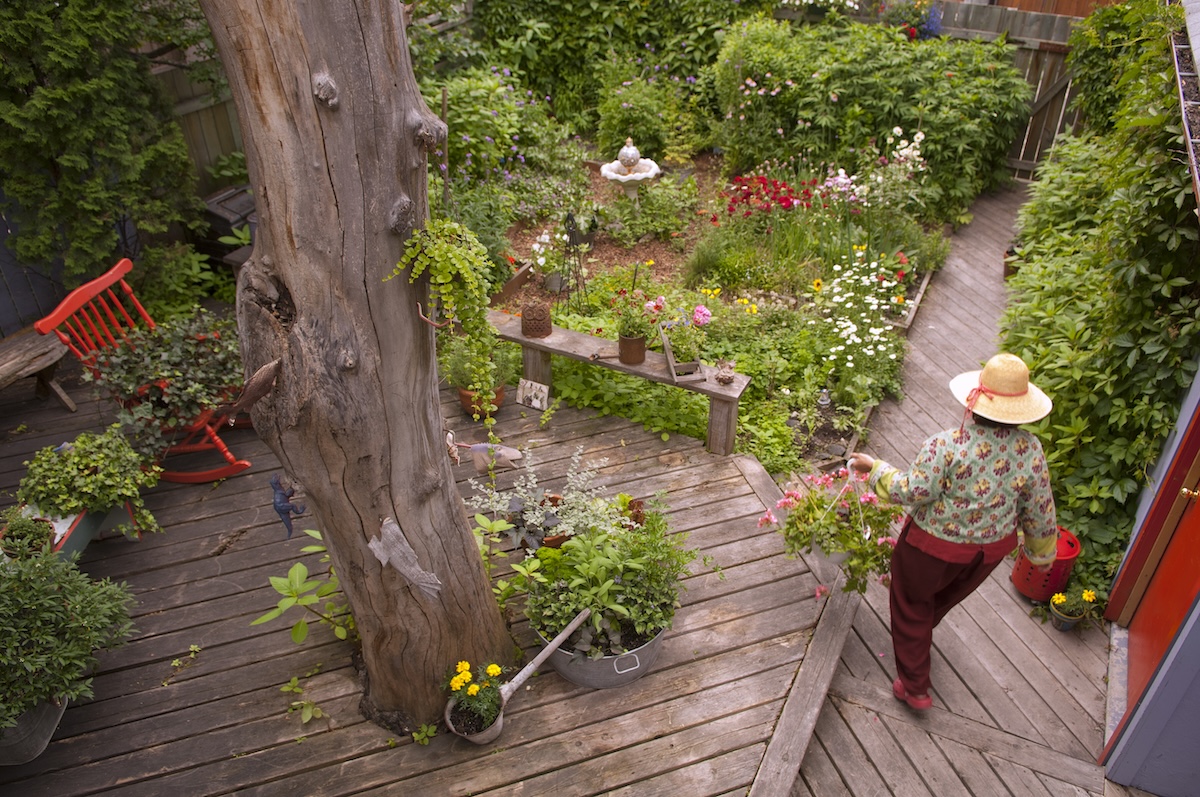

We may earn revenue from the products available on this page and participate in affiliate programs. Learn More ›
Mosquitoes are a total buzzkill when it comes to outdoor activities. While numerous sprays, bracelets, candles, bug zappers, and chemical repellents on the market might control them, there is another option: mosquito-repelling plants. In your quest for an itch- and illness-free summer, try cultivating some of the following mosquito-repelling plants to help keep the pests away from you, your family, and guests.
Why is mosquito control important?
There are more than 200 species of mosquitoes in the United States, all of which need standing water to breed and prefer humid conditions. While males feed mostly on plant nectar, females are notorious biters, using our blood for the protein required for egg development.
Not only are mosquitoes annoying pests whose bites are even more annoying, these pests also pose a health hazard. The saliva they inject into their victims’ skin can carry myriad diseases, some of which can be deadly. Among the diseases carried by mosquitoes are malaria, West Nile, dengue, and many others, so natural controls are essential; it helps to know what plants deter mosquitoes.
1. Catnip (Nepeta cataria)
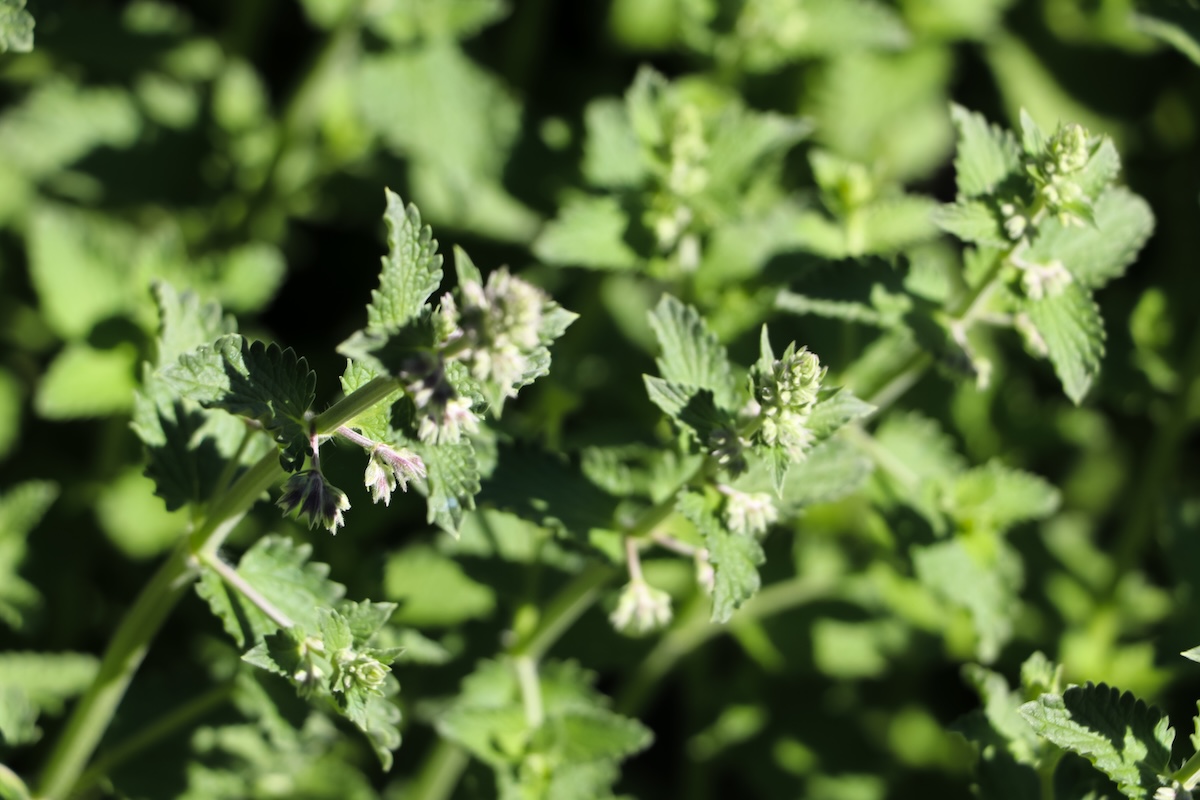
Nepetalactone, the chemical in Nepeta (catnip and catmint) leaves that attracts felines, has the opposite effect on mosquitoes. In fact, studies have shown that nepetalactone is a more effective mosquito repellent than the commercial chemical DEET. As a bonus, both nepetas put up pretty spikes of flowers from spring until fall (white on catnip, and lavender on catmint).
- Zones 3–9
- Perennial
- Full sun
- Allow soil to dry out between waterings
2. Citronella (Cymbopogon nardus)
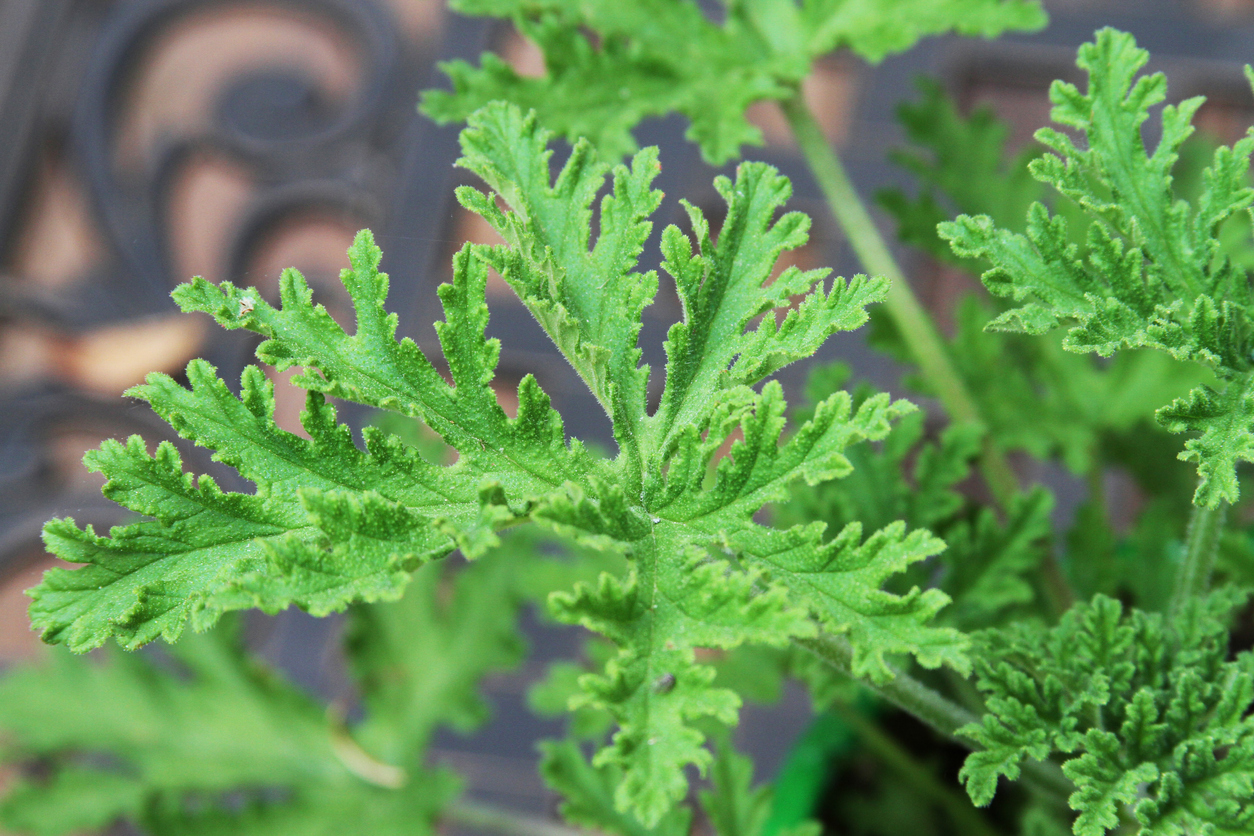
You’re probably familiar with citronella candles, but might not realize that their strong fragrance, which is very objectionable to mosquitoes, is extracted from the leaves of the citronella plant, also called mosquito plant. The mosquito-repellent citronella plant has a grassy appearance.
- Zones 9–11; annual in other zones
- Drought-resistant
- Afternoon shade
- Rich, fast-draining soil
3. Lemongrass (Cymbopogon spp.)

Popular in Asian cuisine, lemongrass, as its name suggests, looks like a tall clump of grass, and has a strong lemon fragrance and taste. You’ll appreciate its flavor in the kitchen, but mosquitoes hate the citrus scent.
- Full sun
- Zones 9–10; annual in other zones
- Fertilize every few weeks with a fish emulsion or general fertilizer
- Keep soil moist
4. English Lavender (Lavandula angustifolia)
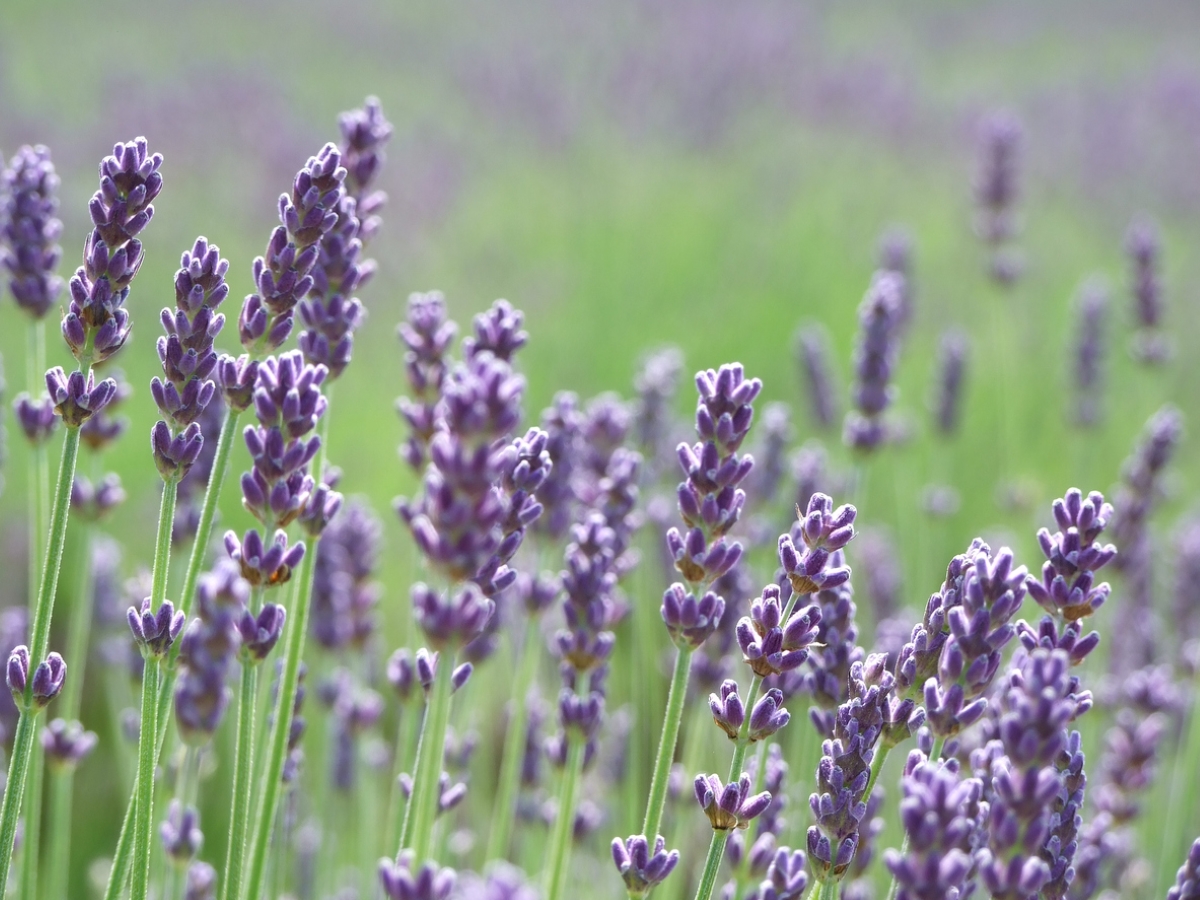
While most people love the relaxation-inducing aroma of lavender, this beautiful, purple-bloomed perennial also drives away mosquitoes. There are several varieties of lavender, and all benefit from deadheading to promote more blooms.
- Zones 5–9
- Perennial
- Full sun
- Drought-tolerant
5. Lemon Balm (Melissa officinalis)
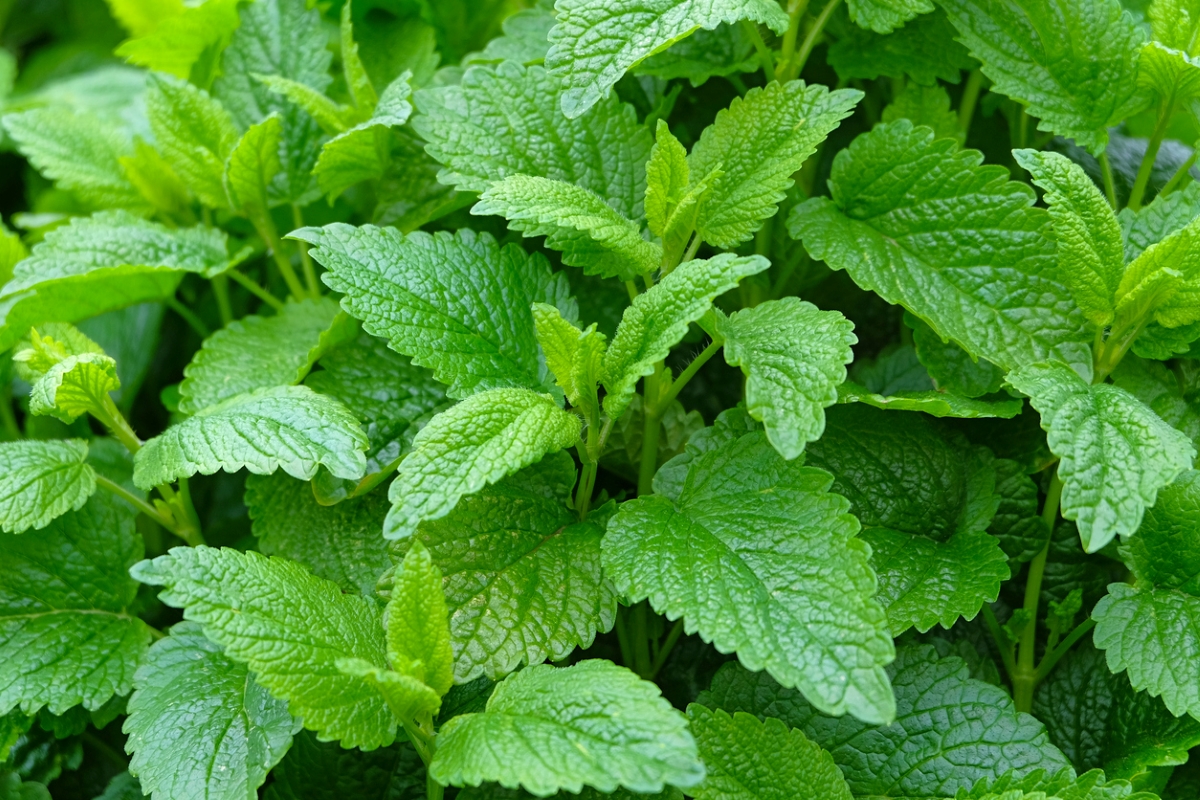
A member of the mint family, lemon balm has a citrusy smell that mosquitoes abhor. Its leaves, allowed to dry, can be brewed into a wonderfully lemon-tasting herb tea that helps induce sleep.
- Zones 4–9
- Perennial
- Part shade
- Doesn’t tolerate hot weather
- Moist soil
6. Marigold (Tagetes)

The many varieties of marigold, those cheerful yellow, gold, white, or orange summer blooms, all are top flowers that repel mosquitoes. Marigolds are easy to grow, and do especially well in containers. Clip away spent flowers to encourage more blooms all the way through fall.
- Zones 2–11
- Most varieties are annual
- Full sun
- Let soil dry between waterings
7. Basil (Ocimum basilicum)

Not just for pesto, basil is a powerful natural mosquito repellent. All of the many varieties of this warm-weather herb discourage mosquitoes from lingering, so choose your favorites and plant them in a sunny spot. Basil is also a companion plant, so it can help nearby plants (like tomatoes) in your garden grow and might even enhance their taste. Pinch away any flower buds that develop, as once basil flowers, its growth slows and the leaves’ flavor declines.
- Zones 4–10
- Grown as annual in most of United States
- Keep soil moist
- Fertilize monthly
8. Pennyroyal (Mentha pulegium)

A member of the mint family, pennyroyal has a strong fragrance and is among good hanging plants that keep mosquitoes away. Caution: Pennyroyal oil can be toxic to people and animals, and while you may have seen reference to the plant’s leaves being used to make tea, doing so is best avoided. Take precautions by growing this plant in a container to keep it under control, and hang the container to keep it away from kids and pets.
- Zones 6–9
- Perennial
- Full sun
- Keep soil moist but not saturated
9. Peppermint (Mentha x. piperita) and Spearmint (M. spicata)

As with most members of the mint family, the fragrance of spearmint and peppermint is a natural mosquito deterrent. These versatile perennial herbs have many culinary uses: dry the leaves for tea, drop a few fresh leaves into lemonade or cocktails, shred leaves for Asian dishes and salads, or give fruit salad extra punch with a few chopped leaves. Both peppermint and spearmint can be invasive, so they’re best grown in a container.
- Zones 3–8
- Perennial
- Part sun
- Keep soil moist
10. Scented Geraniums (Pelargonium scented-leaved group)
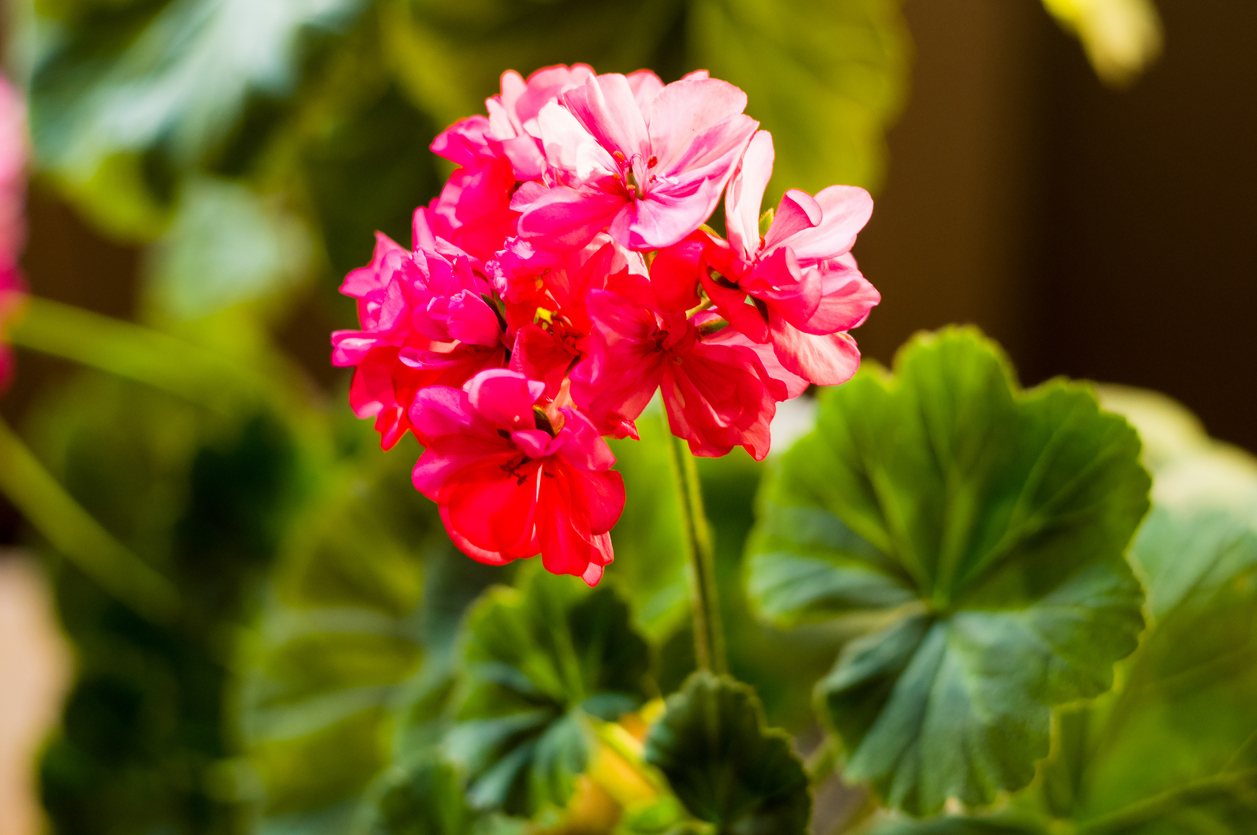
While most varieties of Pelargonium are grown for their colorful flowers, scented geraniums are valued primarily for the pleasant fragrances of their leaves. There are many varieties of scented geranium, but lemon, lime, orange, and peppermint geraniums are some of the most effective plants that deter mosquitoes.
- Zones 9–12
- Perennial in warmer zones; annual in cooler zones
- Full sun
- Don’t fertilize
11. Rosemary (Rosemarinus officinalis)
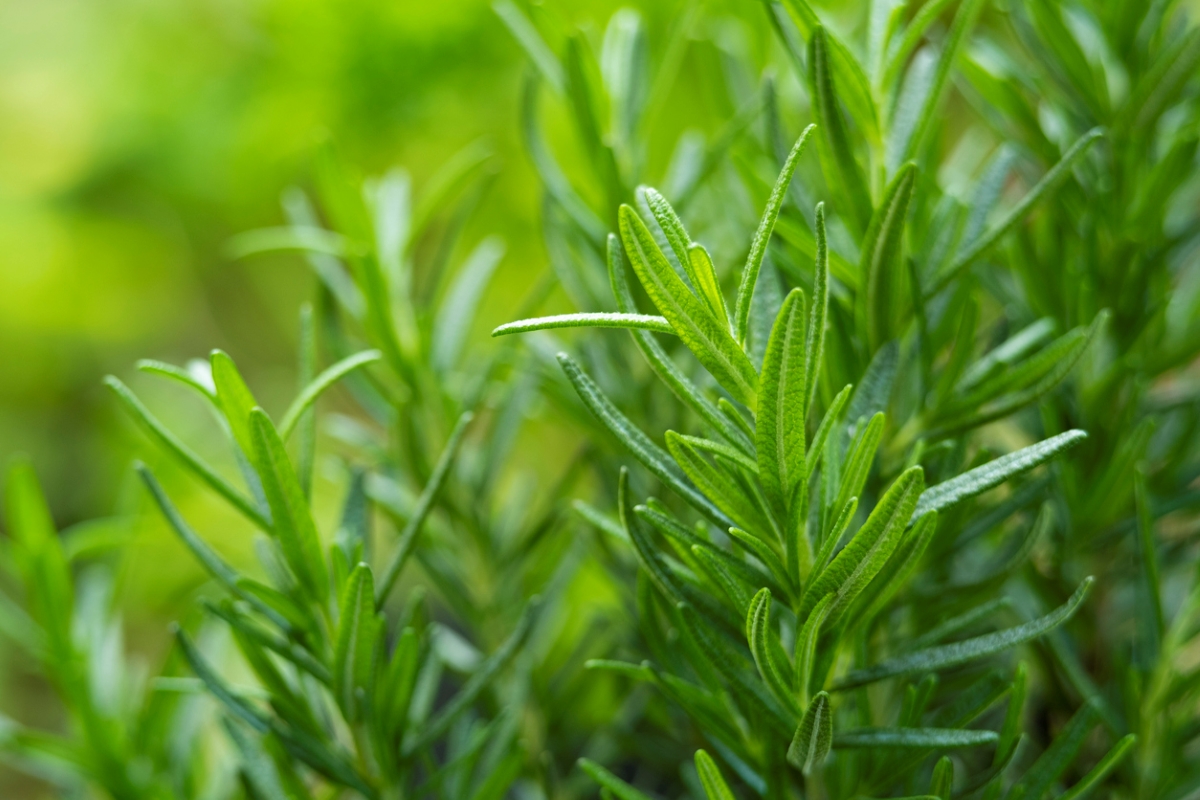
Rosemary does it all: adds pretty purple flowers to your garden, is a versatile herb in the kitchen, and is among the best plants to repel mosquitoes with its potent fragrance. Other insects, such as flies and spiders, are repelled by rosemary. These mosquito-repellent plants thrive in full sun as long as you plant them in sandy soil that drains quickly, and you only water when the soil dries out.
- Hardy evergreen in zones 8–9; annual in other zones
- Full sun
- Drought-tolerant
12. Scarlet Bee Balm (Monarda didyma)
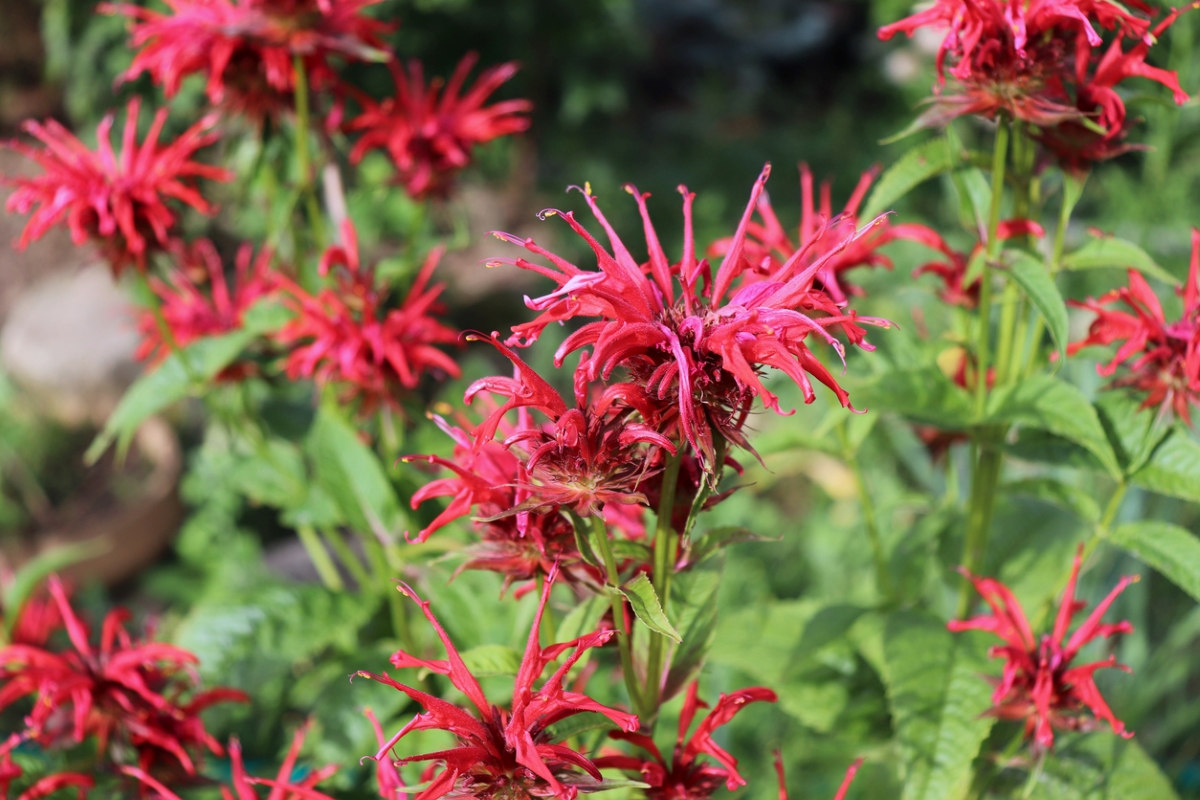
Commonly called bee balm or horsemint, monarda is a beautiful flowering perennial that attracts bees, butterflies, and hummingbirds, but repels mosquitoes with its minty-herbal scent. Deadhead bee balm regularly to keep the flowers coming until fall.
- Zones 4–9
- Some species are annual; other are perennial
- Full sun to part shade
- Moist soil
13. Floss Flower (Ageratum houstonianum)
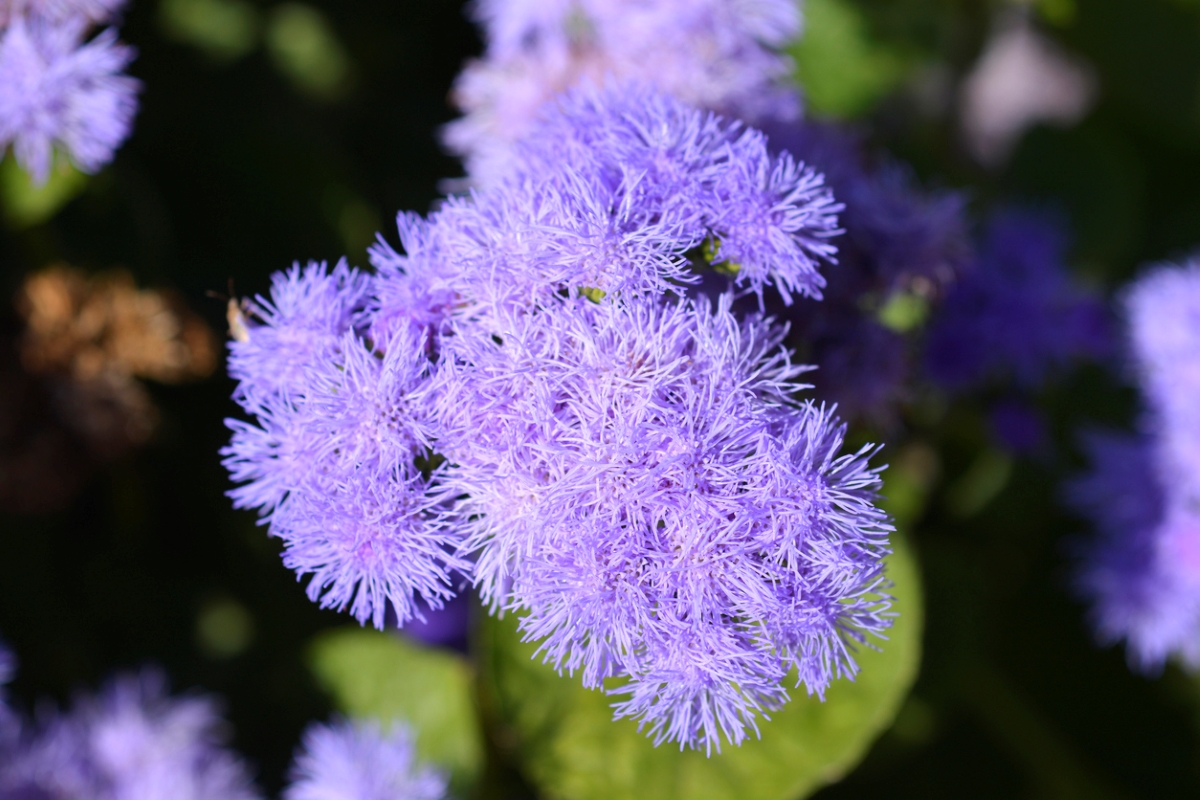
Known by its common name of floss flower, ageratum produces clusters of fuzzy, small purple blooms. A low-growing plant well suited to containers, floss flower secretes coumarin, a chemical that mosquitoes hate. Plant it in soil that drains well.
- Annual in all of United States
- Part sun
- Moist soil
14. American Beautyberry (Callicarpa americana)
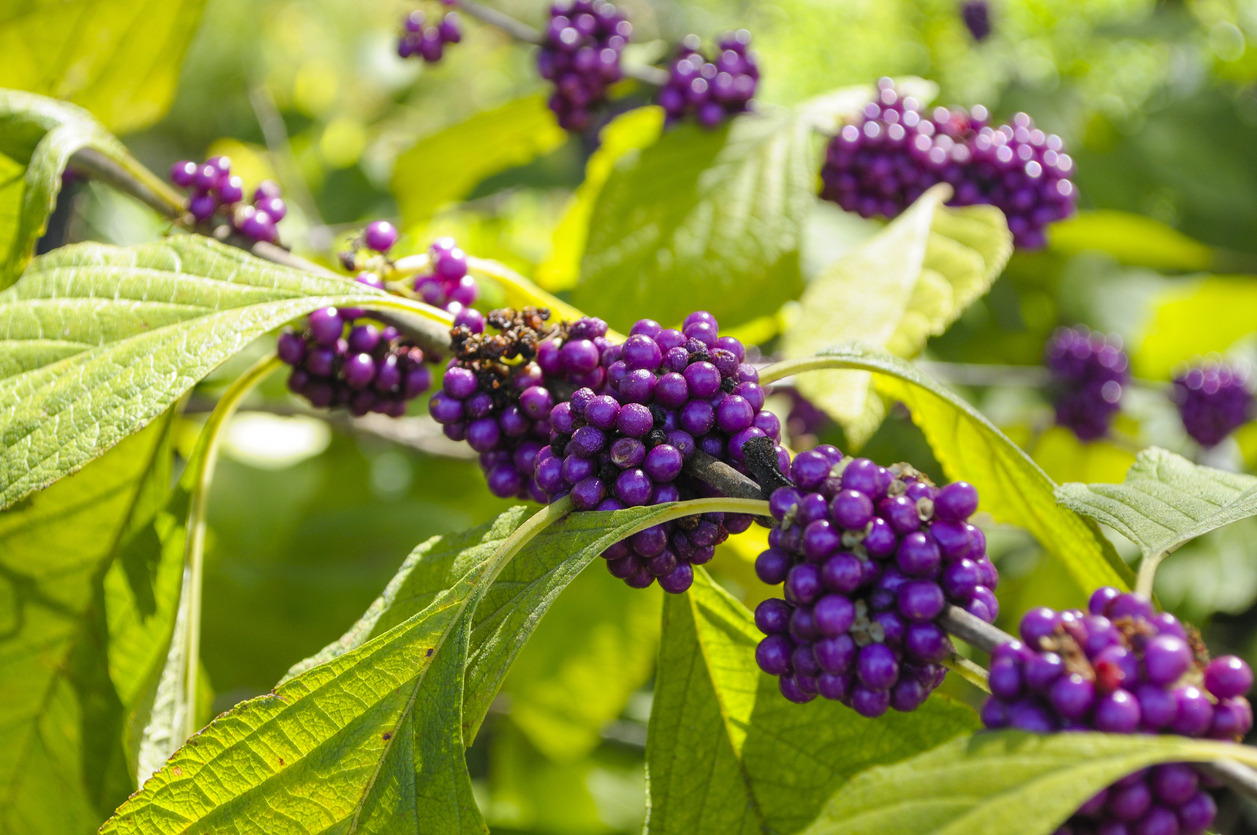
Not only will the American beautyberry shrub keep mosquitoes away, it will add some visual appeal to your garden area and attract songbirds with its gorgeous purple berry clusters. Like mint, this plant is a member of the Lamiaceae family and mosquitoes do not like the aroma of the oils it releases.
- Zones 6–11
- Perennial
- Dappled shade
- Well-draining soil
- Drought-tolerant
15. Lantana (Lantana camara)
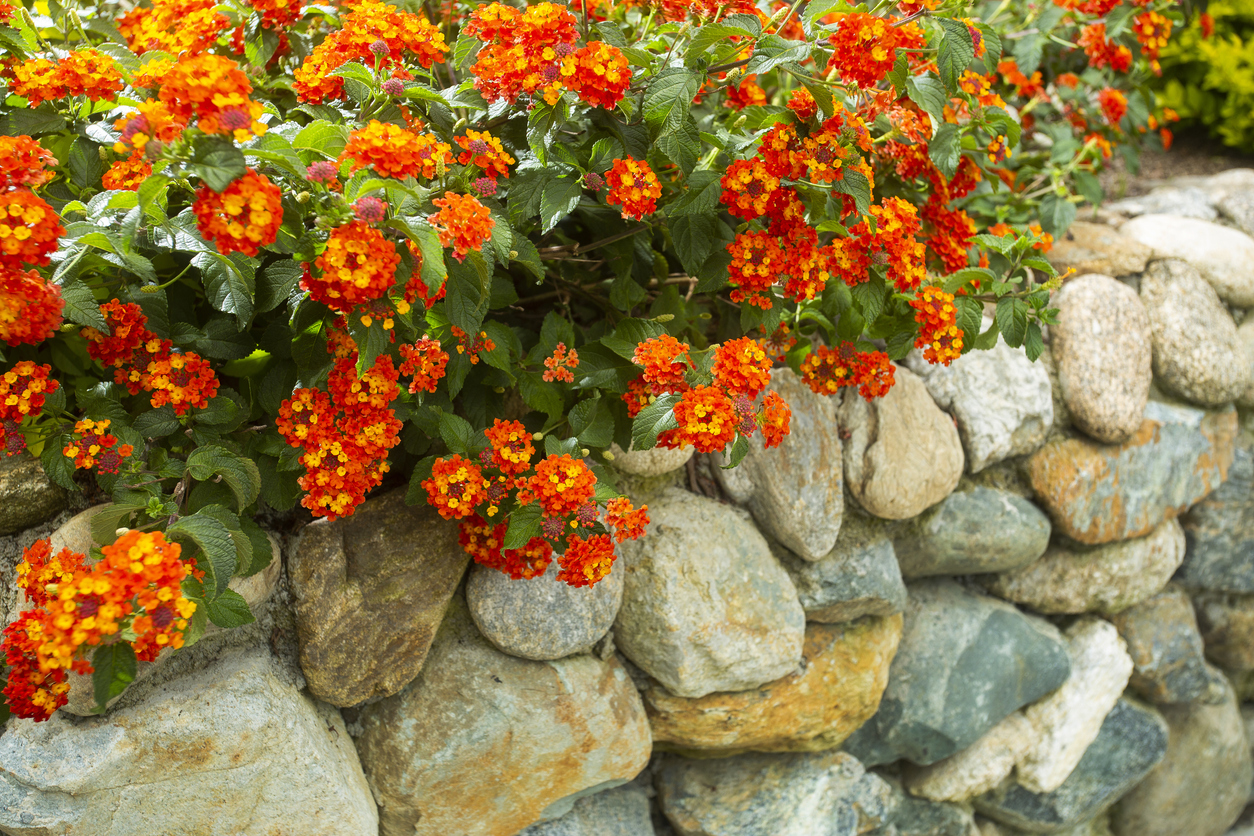
If you’re looking at how to keep mosquitoes away, consider planting Lantana camara. These anti-mosquito plants are also very popular with pollinators, for the added benefit of attracting hummingbirds and butterflies to your garden space. While lantana can thrive as a perennial in warmer zones, it is grown as an annual in cooler areas. It prefers arid or semi-arid soil, though it will adapt to different soil types.
- Zones 7–11; annual in other zones
- Full sun
- Drought-tolerant
16. Fennel (Foeniculum vulgare)
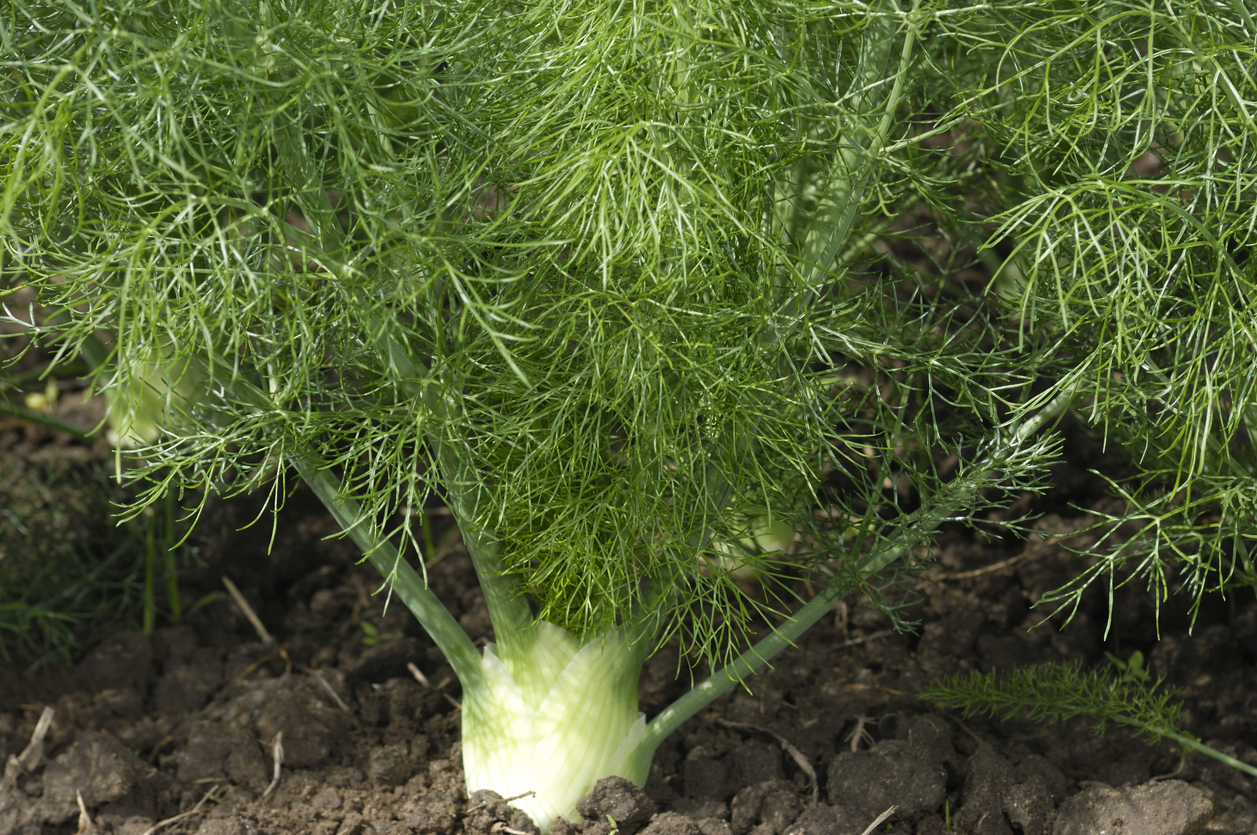
Growing to as tall at 6 feet, fennel’s wide, fern-like shoots can add texture and definition to a garden space. Fennel produces clusters of small, yellow flowers that offer a spot of brightness. While mosquitoes don’t like this herb, it can serve as a host for swallowtail butterfly larvae.
- Zones 4–9
- Perennial
- Full sun
- Fertile soil
17. Eucalyptus (Eucalyptus spp.)
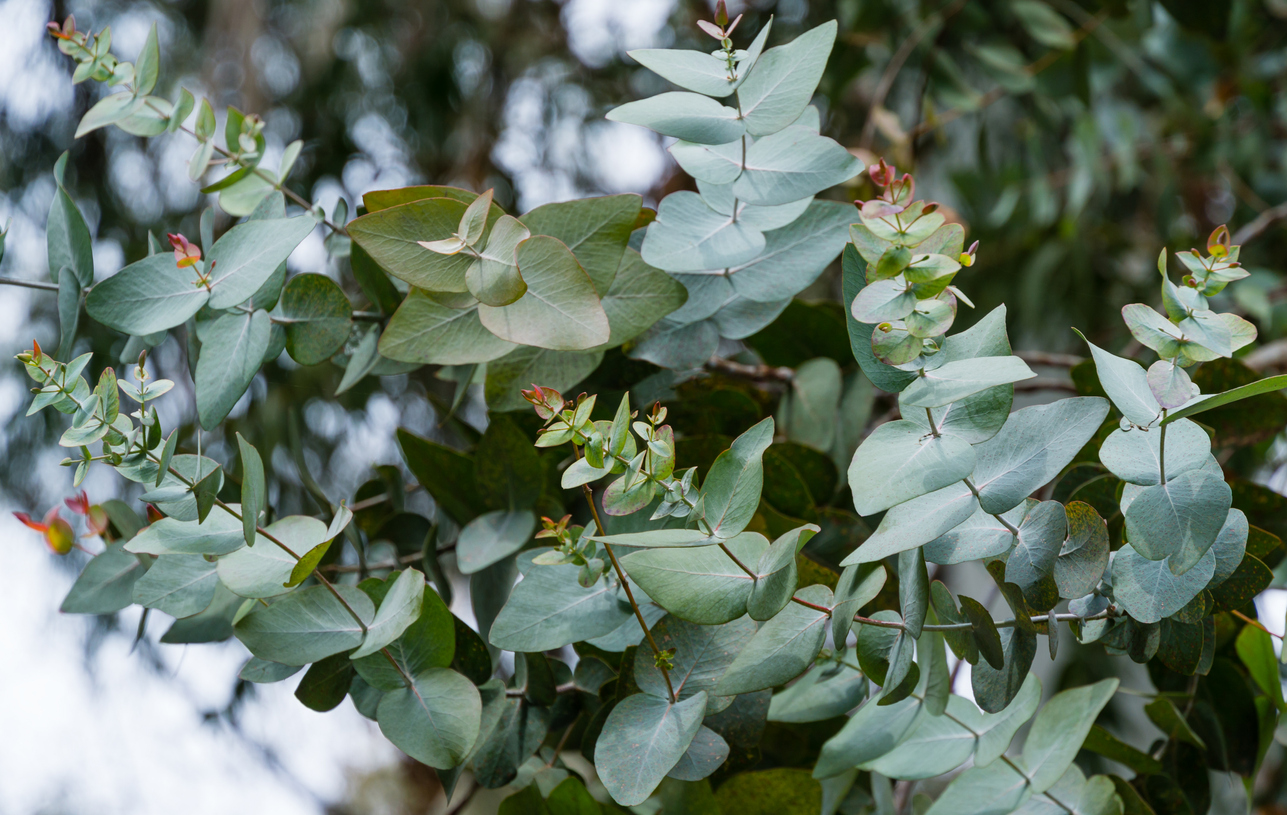
Eucalyptus plants repel mosquitoes and can be a welcome addition to your yard, deck, or patio. Native to Australia, eucalyptus plants are not suited for cold weather. If you live in a climate with colder winters, grow your eucalyptus plant in a pot and bring them indoors when the temperatures drop.
- Zones 8–11
- Full sun
- Rich soil
18. Garlic (Allium sativum)
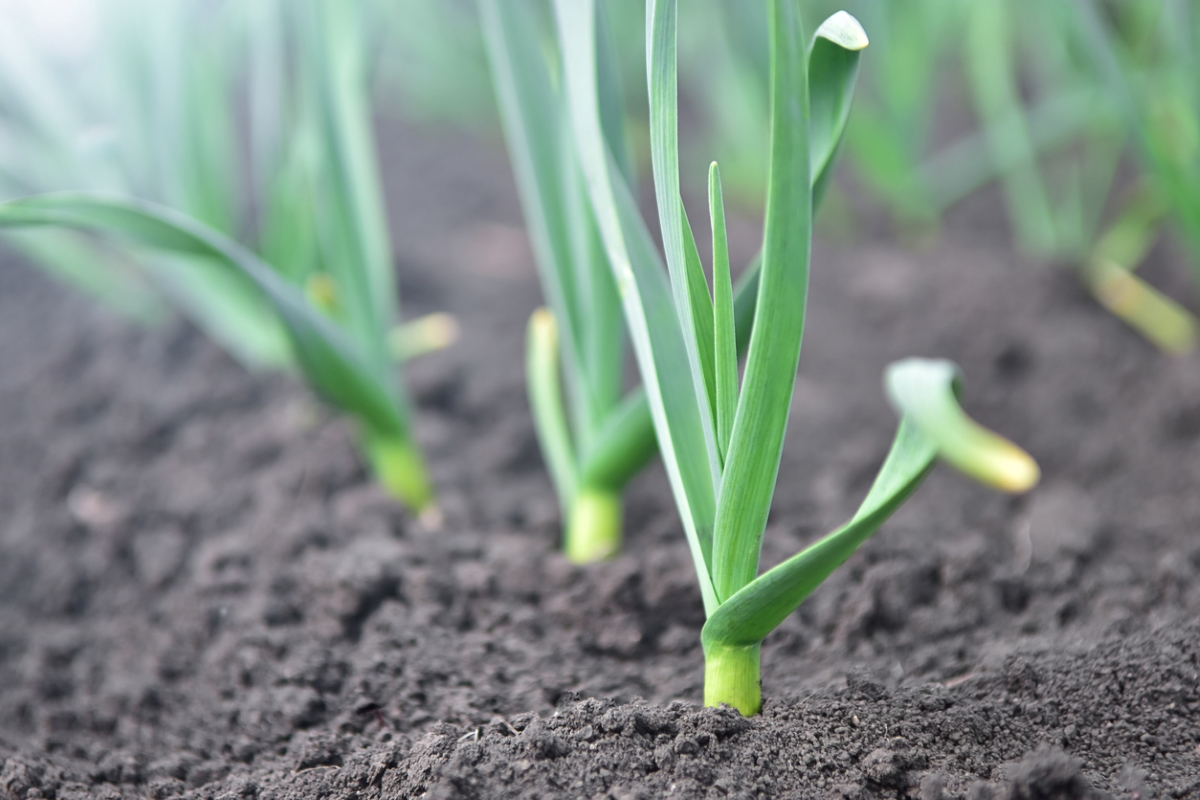
Garlic’s pungent aroma is said to repel mosquitoes, so consider planting this tasty bulb as a deterrent. A cold-weather crop, garlic is typically planted in the fall and harvested the next spring or summer, depending on the part of the country in which it’s planted. You’ll know garlic is ready to harvest when its leaves start to yellow or brown.
- Zones 3–8
- Full sun
- Loose, fertile soil
Other Natural Ways to Repel Mosquitoes
Natural repellent makers also know what plants repel mosquitoes, and commercial preparations often include the oils of many of the above plants; these are meant to be applied to the skin to ward off mosquitos. Also look for sprays containing nootkatone, which is a compound found in grapefruit skin. Clove oil, celery extract, and neem oil also function as mosquito repellents. You may find commercial products containing these ingredients, or you can make your own homemade mosquito repellent.
Looking for even more ways to keep mosquitoes out of your outdoor space this season? Be sure to check our researched guide to the best mosquito yard sprays and foggers, and our tested guide to the best bug zappers.
